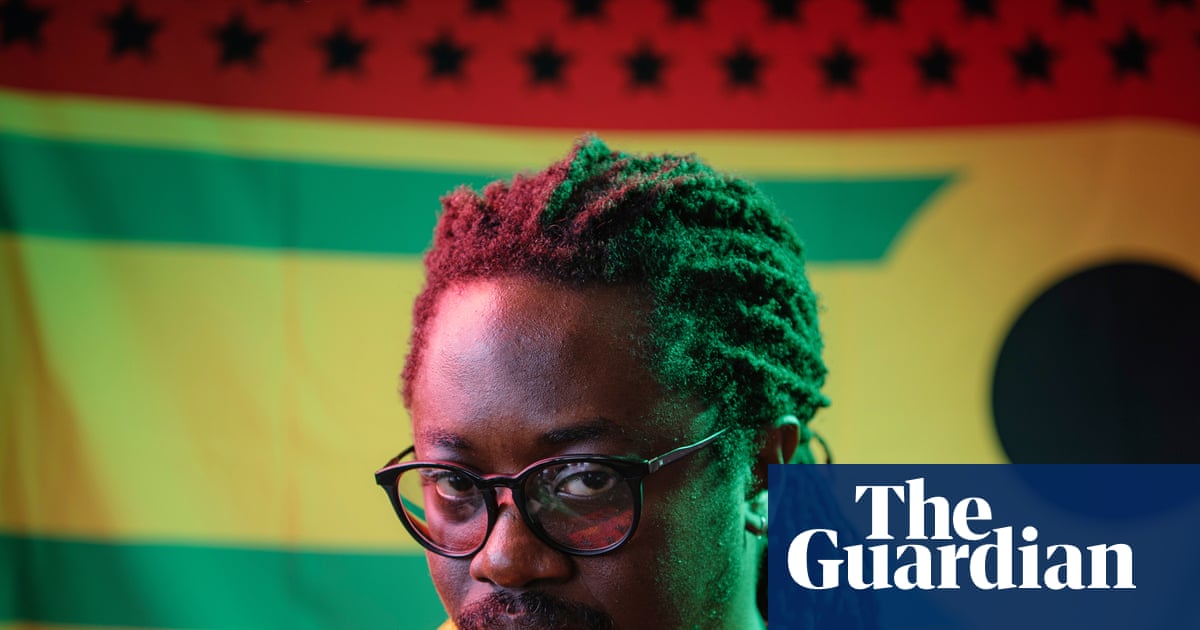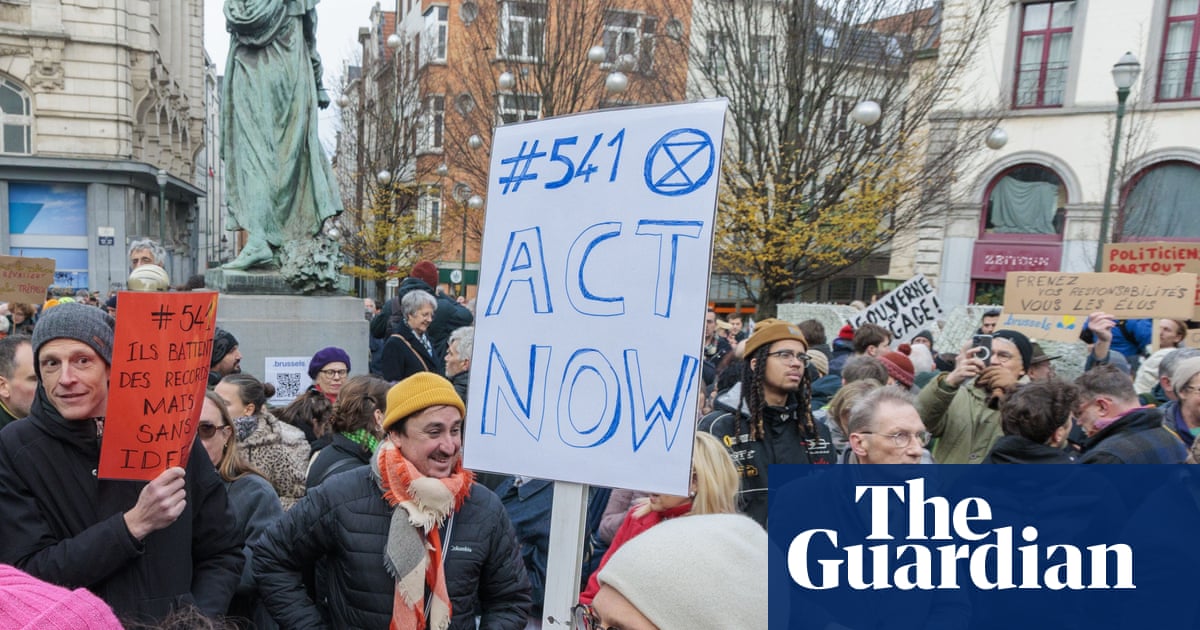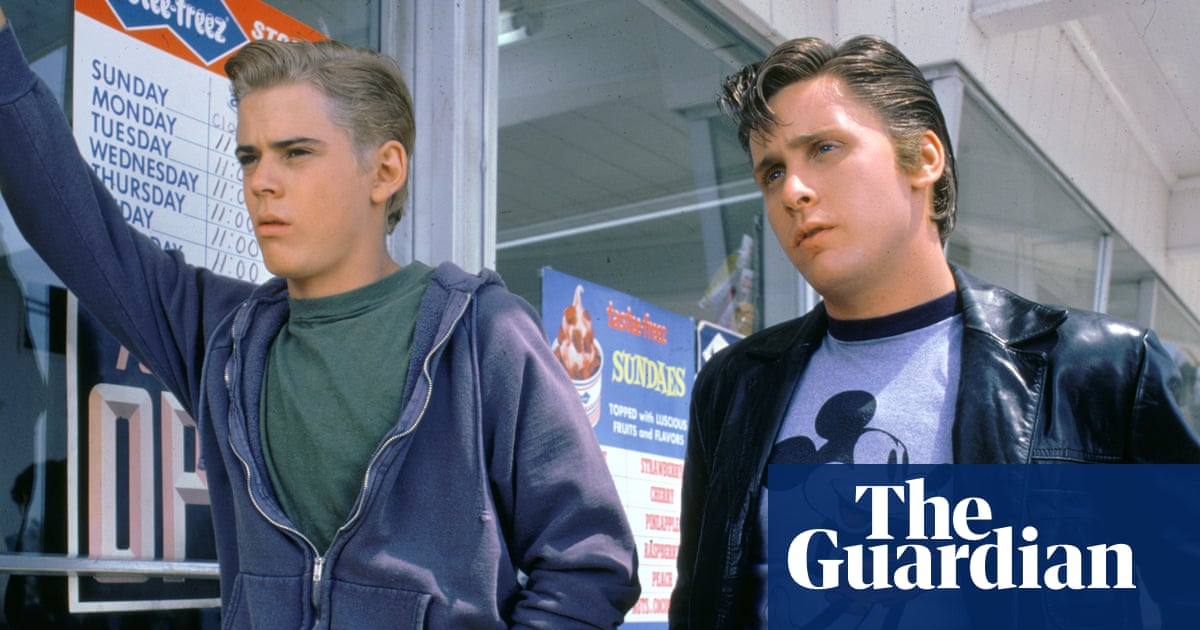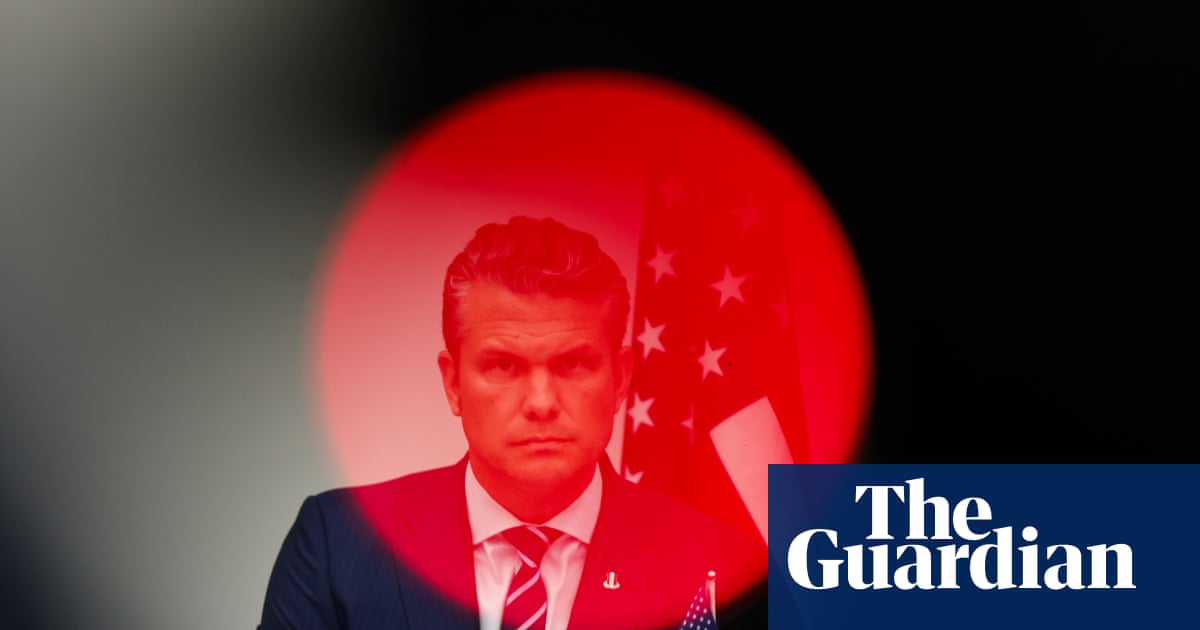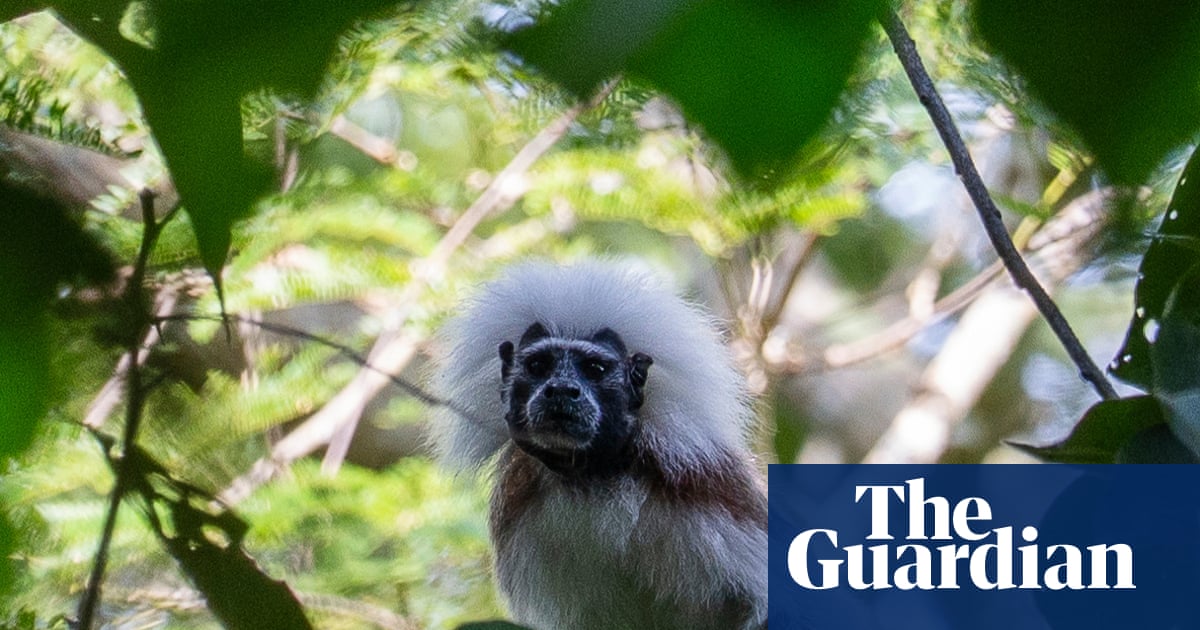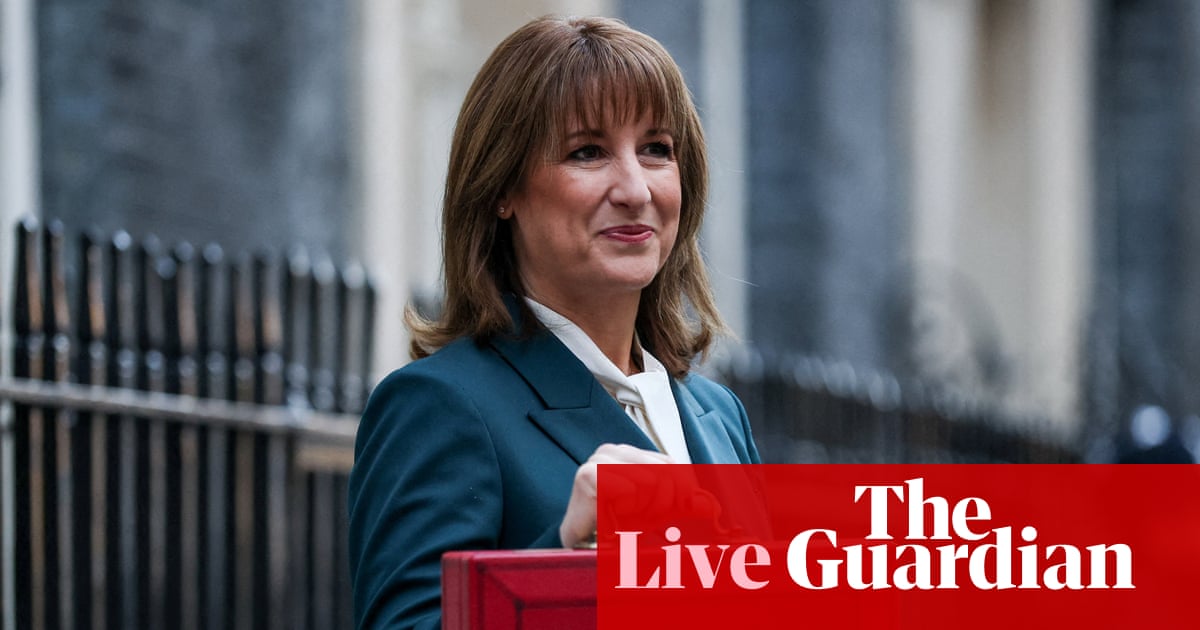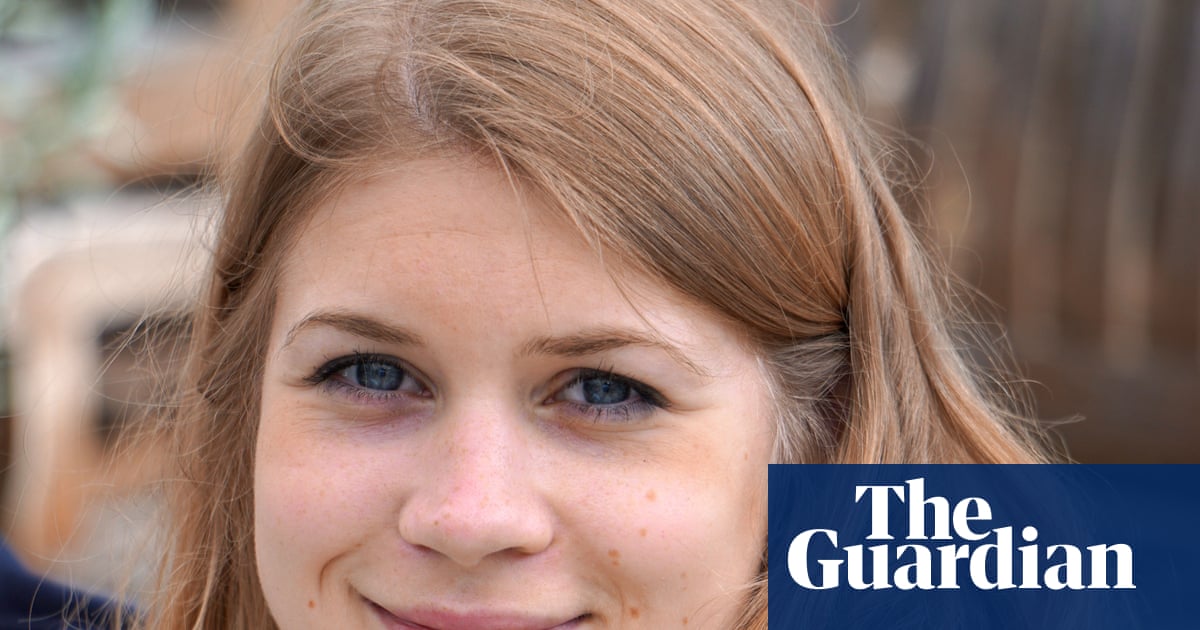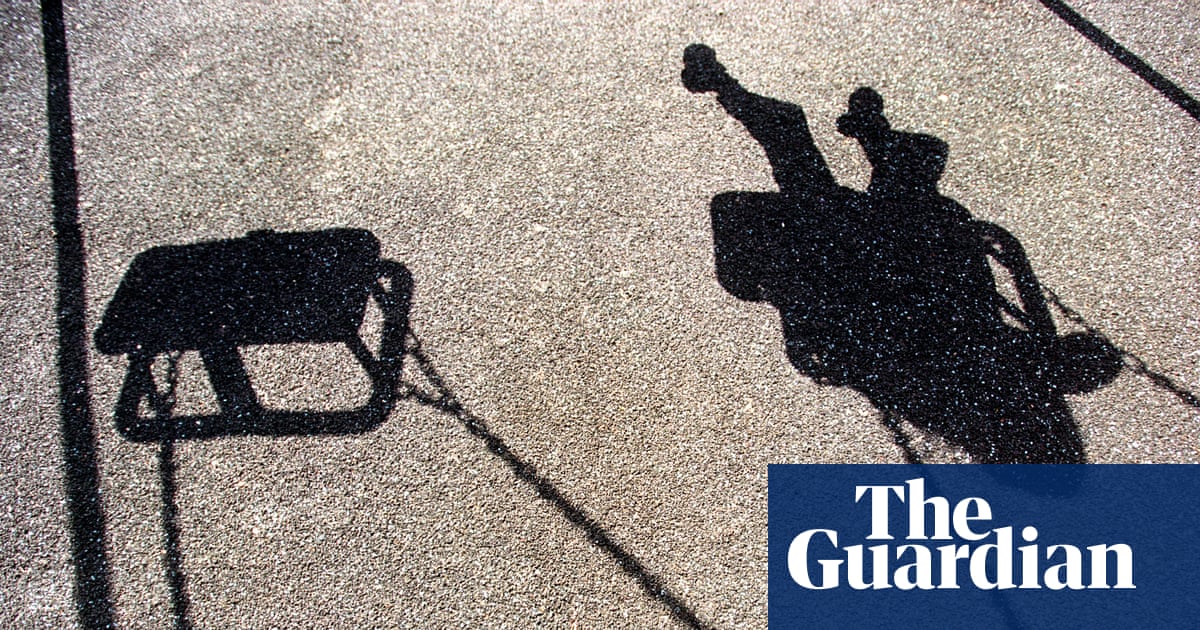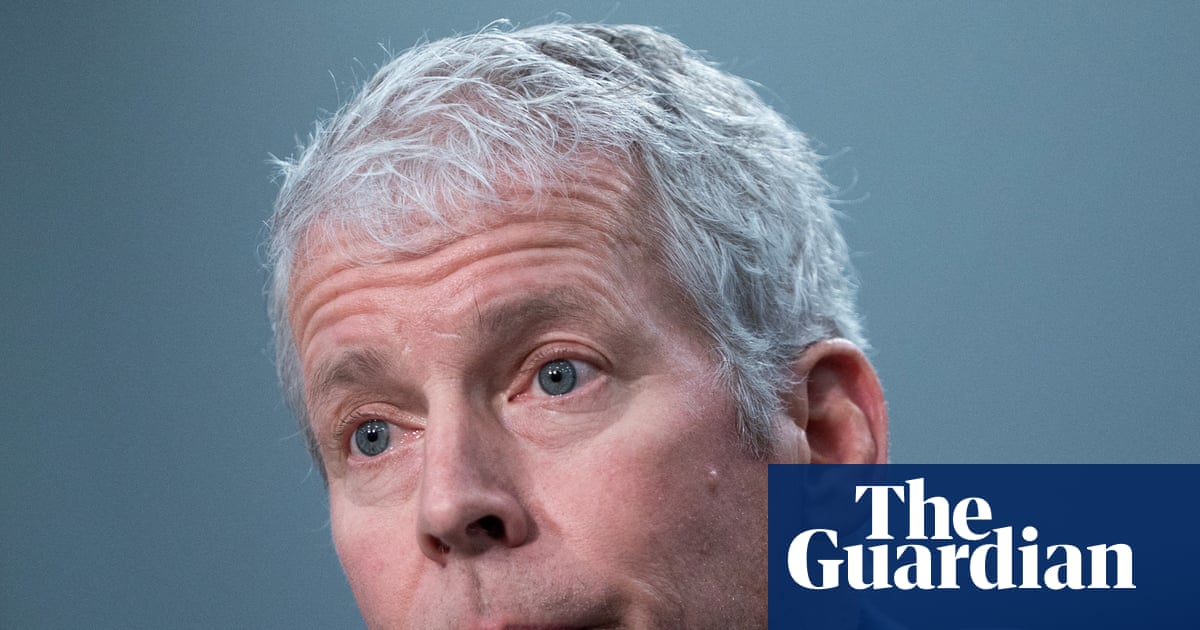Stella McCartney is trying to save the world, one feather at a time. Or rather one “fevver”, a new plant-based product that has the look of a feather without the bird, which made its first ever appearance at the designer’s spring/summer show in Paris.
“It’s weird to me that feathers being plucked from a bird are seen as delicate in fashion,” said McCartney backstage at the Centre Pompidou in Paris. “I’m trying to show that you can still have the theatre of fashion without the animal compromise.”
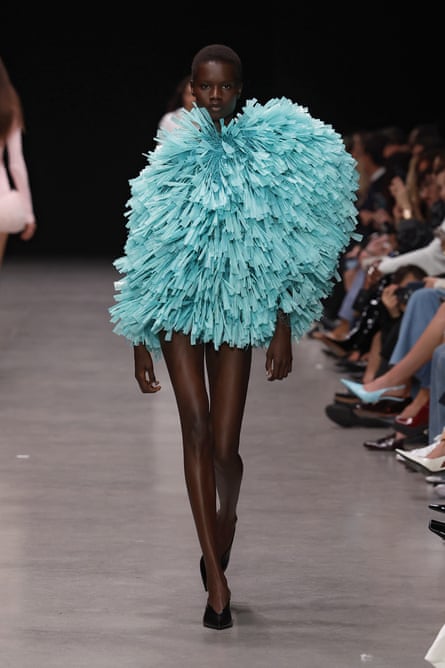
Made from grass grown on McCartney’s Sussex farm and naturally dyed, fevvers appeared in the final three looks of her collection including a sweeping off-centre lilac dress worn by the model, Alex Consani, who closed the show.
The collection was called Come Together, and began with a thespian reading of the Beatles song by Helen Mirren in the centre’s main hall. Backstage, wearing a grey Stella suit, Mirren described the collection as “utterly gorgeous, particularly the gowns”.
McCartney said that “growing up, [Come Together] was always John’s song” but she chose it on Tuesday night, “because there are so many double entendres – I love the slutty sex of the lyrics – but also the idea of the Stella man and the Stella woman coming together”.
On the catwalk, that binary played out in a fairly prescriptive manner with big suits and high hemlines. But in reality, the clothes had mass, wearable appeal. Standouts included draped corseted gowns and micro-dresses in teal and beige fevvers “for her”. “For him” there were slouchy denim, outsized jackets sliced at the sides and swooshy wide-leg trousers, which have become a McCartney trademark.
Next year, McCartney’s label turns 25 and in all that time she has never used leather, fur or skins. Last year she was able to buy back the minority stake held since 2019 by the biggest fashion conglomerate in the world, LVMH, in order to pursue her eco-crusade independently. Still, the brand has been operating with sizable losses and shrinking revenues, which suggests the industry – and consumers – are some way from viewing sustainability as a priority. The latest accounts filed by the company in spring showed a pre-tax loss of £25m in 2023 – up from £10m the previous year. She is also expected to close her Bond Street flagship shop.

Unlike London and Copenhagen, Paris fashion week is not yet fur-free. Many birds are killed for their feathers, others are live plucked. In that respect, the designer has been pioneering in trying to show that ethical choices do not mean compromising on pizzazz and glamour. The collection was 98% sustainable (up from 96% in 2024) and, regardless of how well she sells, McCartney has been pivotal in shaping high fashion’s – and increasingly the high street’s – approach to using alternative materials made from peculiar things such as apples and seaweed.
There is an irony that producing new clothes remains a greater environmental issue than the materials used to make them, something the industry – McCartney included – will not reckon with. But McCartney, the first designer to use vegan leather, has yet to show a collection that does not nod in some ways towards sustainability.

 2 months ago
54
2 months ago
54


